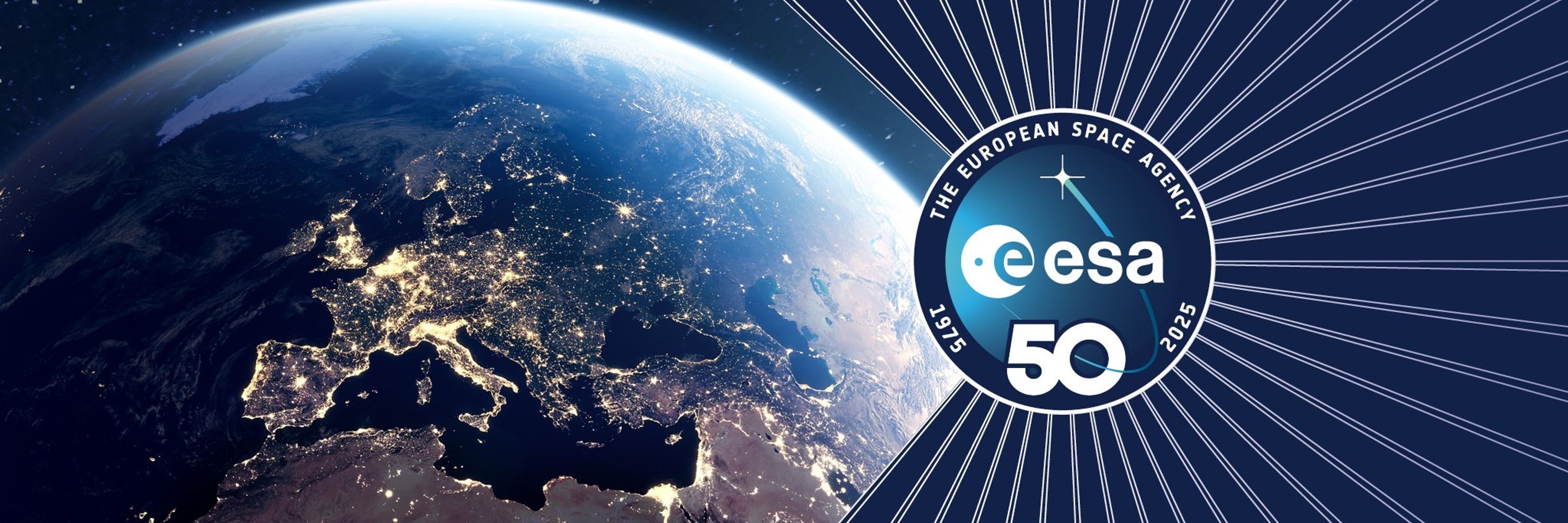
esa.int/Operations
esa.int/Space_Safety
🎥ESA/Mlabspace
🎥ESA/Mlabspace
📷ESA & NASA/Solar Orbiter/EUI Team
📷ESA & NASA/Solar Orbiter/EUI Team
Credit: ESA/PDO/AMS82 - AllSky7
Credit: ESA/PDO/AMS82 - AllSky7
On 2 November 2025 at 20:41 CET, ESA’s fireball camera in Cáceres, Spain, recorded a bright bolide streaking northwest over Portugal. It was travelling at approximately 81 000 km/h.
Credit: ESA/PDO/AMS82 - AllSky7
www.esa.int/ESA_Multimed...
On 2 November 2025 at 20:41 CET, ESA’s fireball camera in Cáceres, Spain, recorded a bright bolide streaking northwest over Portugal. It was travelling at approximately 81 000 km/h.
Credit: ESA/PDO/AMS82 - AllSky7
www.esa.int/ESA_Multimed...
No communication or navigation, faulty electronics, collision risks. ESA mission control teams faced a scenario unlike any before. Fortunately, this nightmare unfolded not in reality, but as part of the simulation!
www.esa.int/Space_Safety...
No communication or navigation, faulty electronics, collision risks. ESA mission control teams faced a scenario unlike any before. Fortunately, this nightmare unfolded not in reality, but as part of the simulation!
www.esa.int/Space_Safety...
The interaction with Earth's gravity significantly altered the asteroid's orbit around the Sun 👇
The interaction with Earth's gravity significantly altered the asteroid's orbit around the Sun 👇
Objects of this size can produce fireballs if they strike Earth’s atmosphere, and small meteorites can make it to the ground.
Objects of this size can produce fireballs if they strike Earth’s atmosphere, and small meteorites can make it to the ground.

